Future Cairns: Australian Defence focus shifts north
Cairns will become a key base of operation for the Australian Defence Force to support partner navies and smaller South Pacific states in an era of Chinese expansion, a defence expert says.
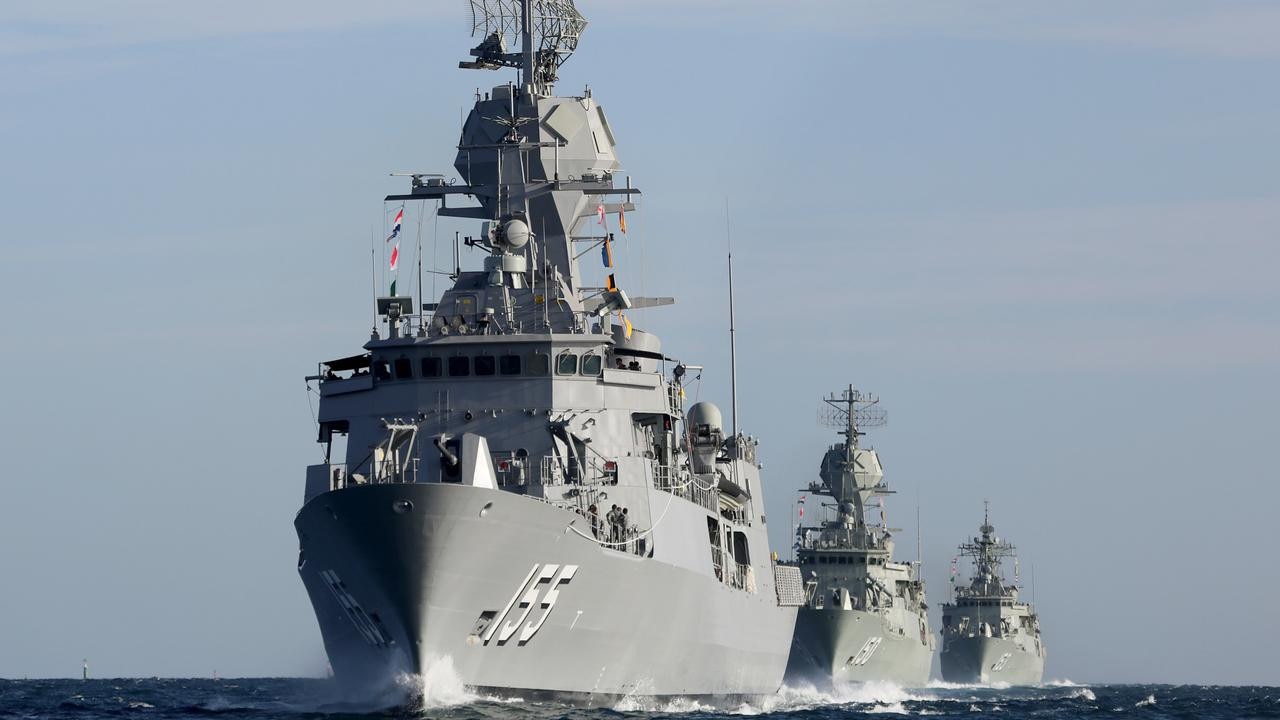
Cairns will become a key base of operation for the Australian Defence Force to support partner navies and smaller South Pacific states in an era of Chinese expansion, a defence expert says.
The 2023 Defence Strategic Review, and the further release of a review of the Navy’s combatant fleet, both outline a clear shift in focus on the country’s northern approaches and a change in how often and why vessels will visit the Far North or are stationed here, creating a golden opportunity for Cairns.
Dr Malcolm Davis, a senior analyst for the Australian Strategic Policy Institute said the DSR made it clear that a reposture of forces towards the north was key to Australia’s future defence strategy.
“Particularly if China does gain a forward presence in the southwest Pacific in places like the Solomon Islands, then Cairns is going to become ever more important as a major forward base,” he said.
“Cairns is positioned to be able to be one of the key locations from which the ADF can operate from and from which we can support partner navies including smaller South Pacific states such as Papua New Guinea.”
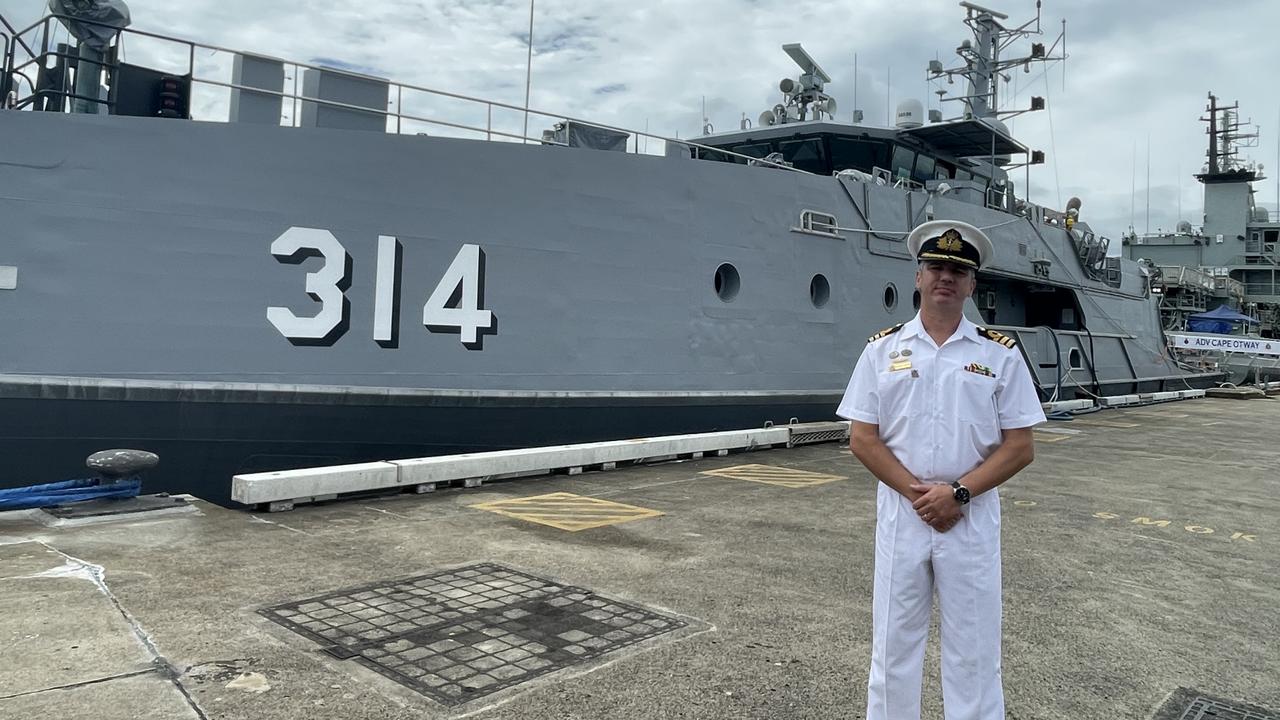
Advance Cairns chair Nick Trompf said the DSR was focused to the north and north east in particular.
“They have released six pillars or top priorities with two of those having massive significance for Cairns and the Far North,” he said.
“The first is improving the ADF’s ability to operate from Australia’s northern bases, this will almost certainly involve HMAS Cairns and RAAF Base Scherger.
“The second is deepening of our diplomatic and defence partnerships with key partners in the Indo-Pacific.
“Cairns has a key role to play in this space due to our proximity to our island neighbours.”
The DSR earmarked $3.8bn in federal government investment to strengthen Australia’s northern bases.
Critically, the funding allocates $2bn for air bases in Australia’s north, including funding for upgrades to RAAF Base Scherger, positioned on The Cape near Weipa.
Part of the upgrades are to facilitate US aircraft visits, notably the nuclear-capable B-52 bombers at Tindal, and to allow RAAF and American drones to operate out of the tiny Cocos atolls.
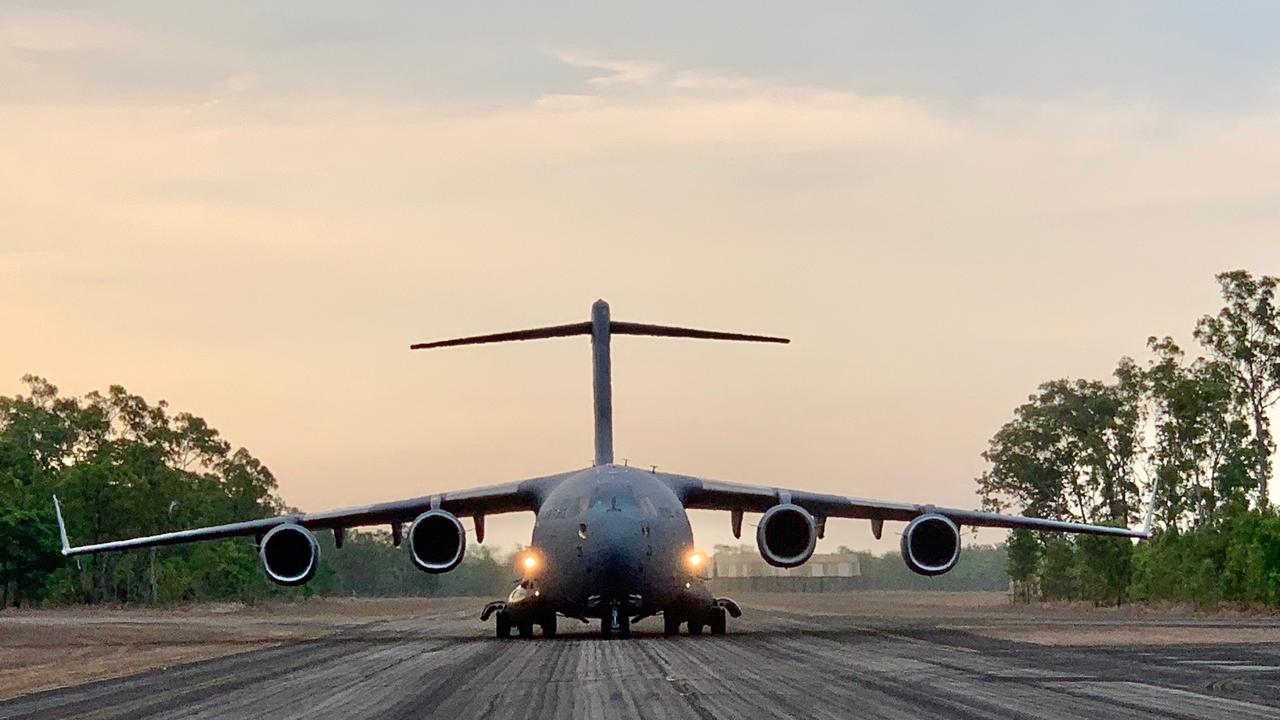
Troy Lee-Brown, a research fellow at the Defence and Security Institute of the University of Western Australia, says the money is there now, but we need to do the work to “harden” these bases to ensure they can remain operable during and after an attack.
“Hardening has two aspects. There is ‘passive hardening’ which means runway repairs, concrete shelters, but also the ability to disperse quickly which needs personnel,” he said.
While RAAF Base Tindal is the key air force location in Australia’s north, Mr Lee-Brown said all of our bases will need to be used effectively should a conflict occur.
“(RAAF Base) Curtin in the Kimberley and Scherger in Weipa are your next level bases behind Tindal in the NT,” Mr Lee-Brown said.
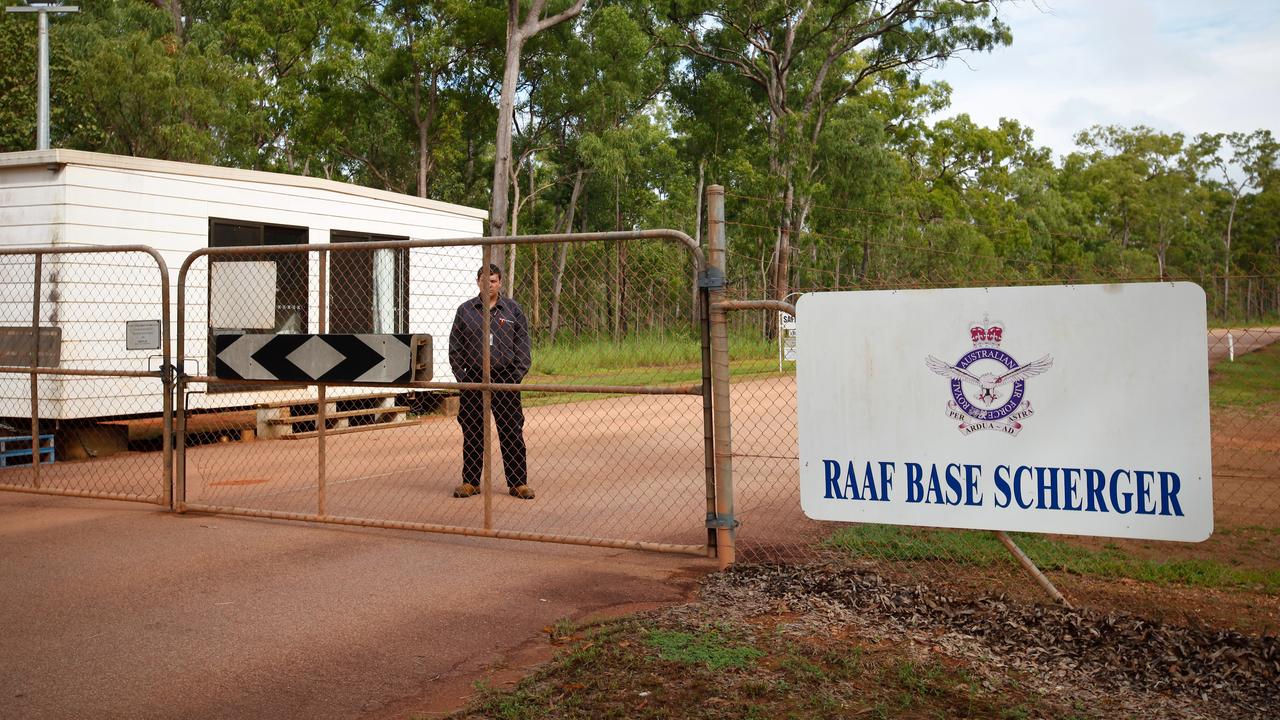
“The importance of bases like Scherger and Curtin are only going to grow into the future.”
A further $600m is also set aside in marine estate investments, including HMAS Cairns, which will see upgrades.
Leichhardt MP Warren Entsch said that given what’s happening in the Pacific, Cairns was the closest main centre and only naval base in the north, representing a “golden opportunity” for the region.
“With the money that is going to HMAS Cairns and the increased capability in relation to what’s happening with the marine precinct Common User Facility, it is all going to put us in a really strong position,” he said.
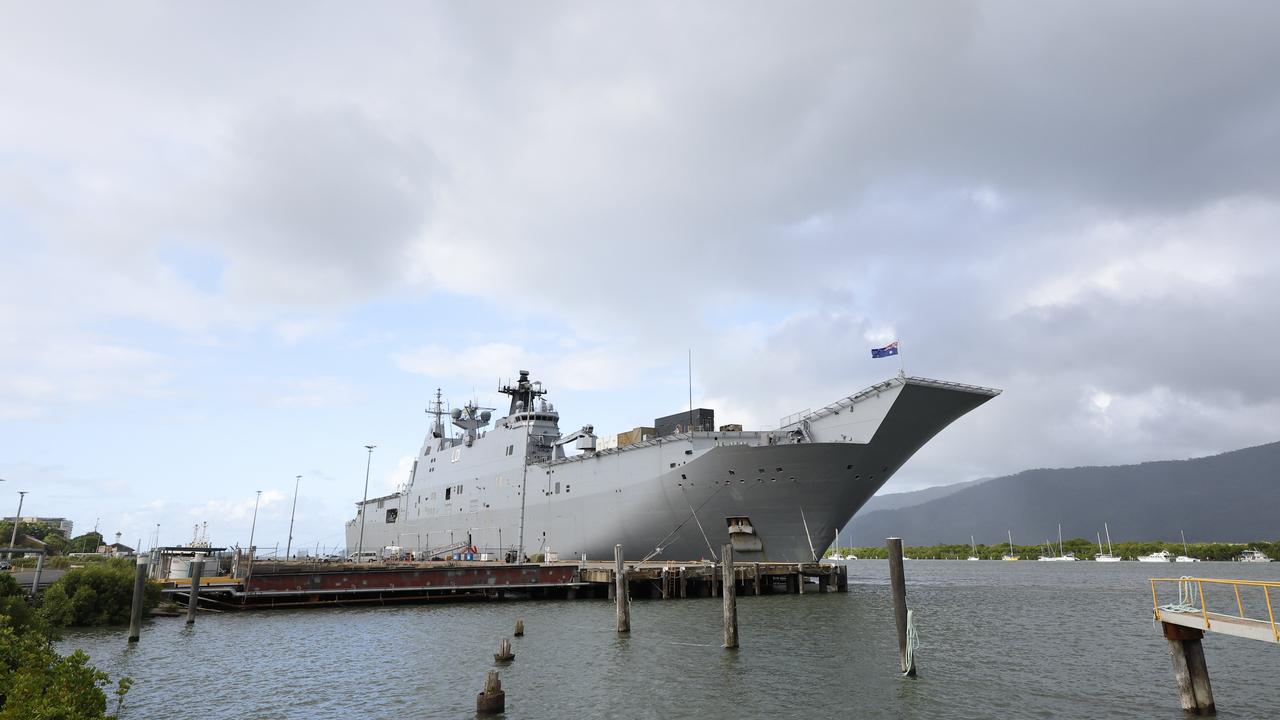
In February the Australian Government announced its new plan to more than double the size of the Australian navy fleet to 26 major surface warships, following from an independent review into the navy’s surface combatant fleet, which also saw cuts to the Arafura class Offshore Patrol Vessel program.

Key to Cairns capitalising from a larger fleet will be future decisions surrounding the six Arafura class OPVs, and the newly announced 11 general purpose light frigates and six large optionally crewed (drone) surface vessels.
The government has examined a range of options to acquire a fleet of corvettes or light patrol frigates between 3500 and 5000 tonnes from Spain, Germany, Britain, Japan and South Korea.
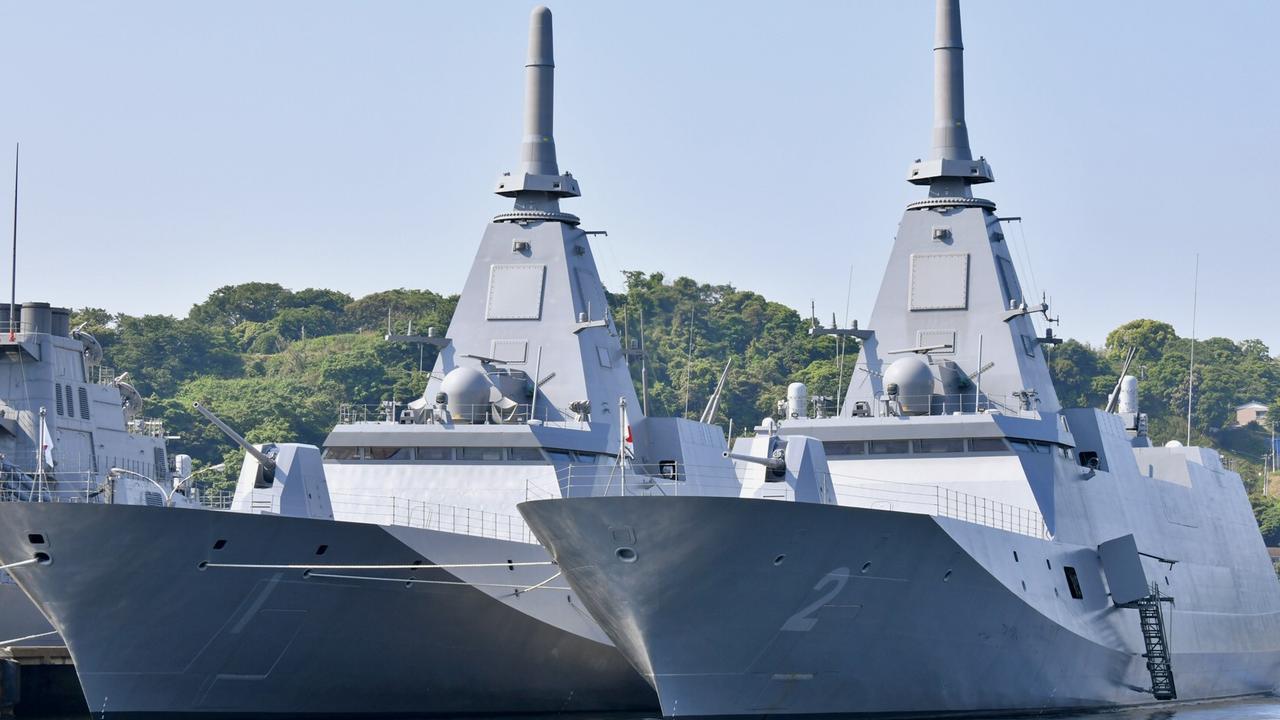
There is opportunity for Cairns with these vessels through their sustainment, and the possibility of them being based out of the region for projection into the southwest Pacific.
Now is the time to lobby for increased “maintenance and sustainment” infrastructure in the Far North, according to US Studies Centre Professor Peter Dean who co-authored the DSR.
“Geography matters and Cairns is a gateway to the South Pacific,” he said.
“We’re seeing one of the largest expansions of the Royal Australian Navy in its history – a doubling of the number of the major warships that the navy has.
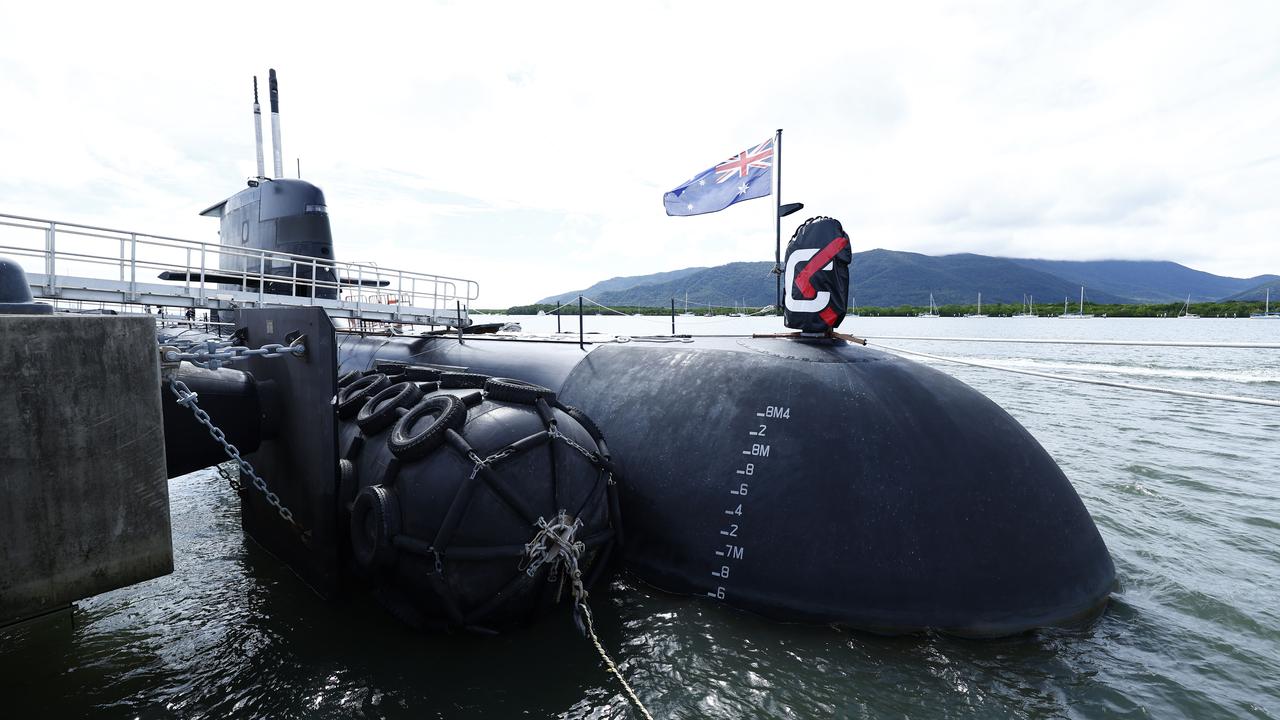
“Cairns is one of the regional maintenance hubs for the navy. As its size increases, it has to be done sustainably and through those maintenance and sustainment centres.”
Mr Entsch said he expects to see a lot more Australian naval vessels around Cairns.
“We are going to have one of the new hydrographic ships based here and the reality is, these new vessels are going to be tasked wherever there is a need for them, he said.
“We all know there is a lot more activity happening in the northern approaches to Australia in the Pacific than Antarctica and even compared to the Indian Ocean.

“A lot of the focus will be to the north, and there is no question about it that that is where we need to go.”
Professor Dean said global conflicts were a cause for concern.
“The strategic situation in our region has deteriorated,” he said.
“For most people, if they watch the news, they can’t help but notice the conflict in the Middle East, the war in Ukraine and China’s aggression in our region.
“The breaking of international law, the use of economic coercion and the threats of the use of military force … of the Chinese military is only escalating in the region.”
More Coverage
Originally published as Future Cairns: Australian Defence focus shifts north




